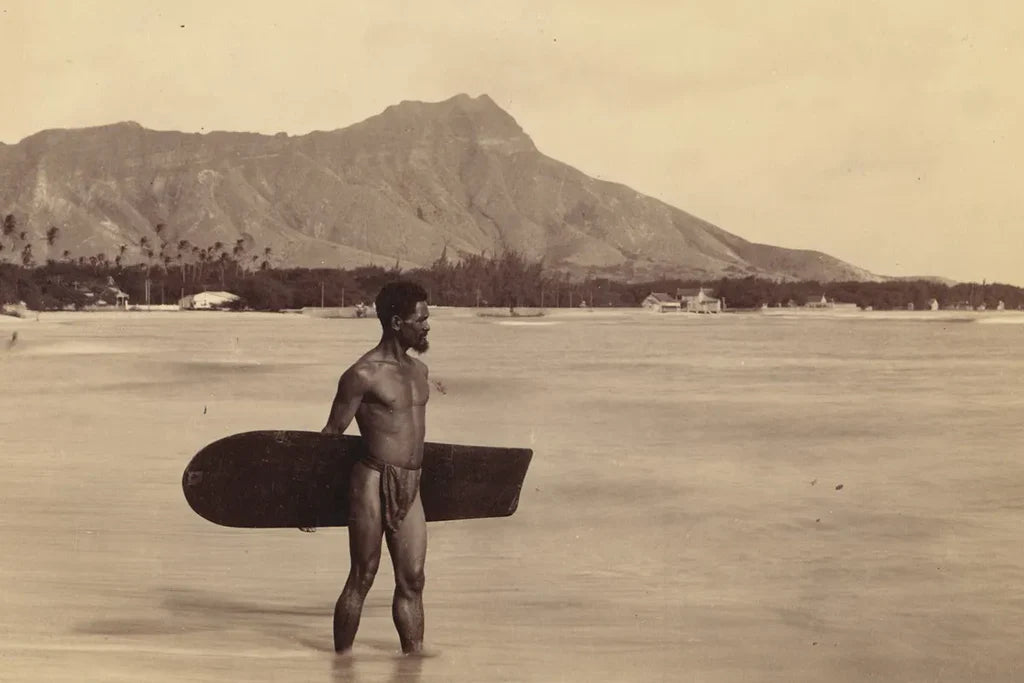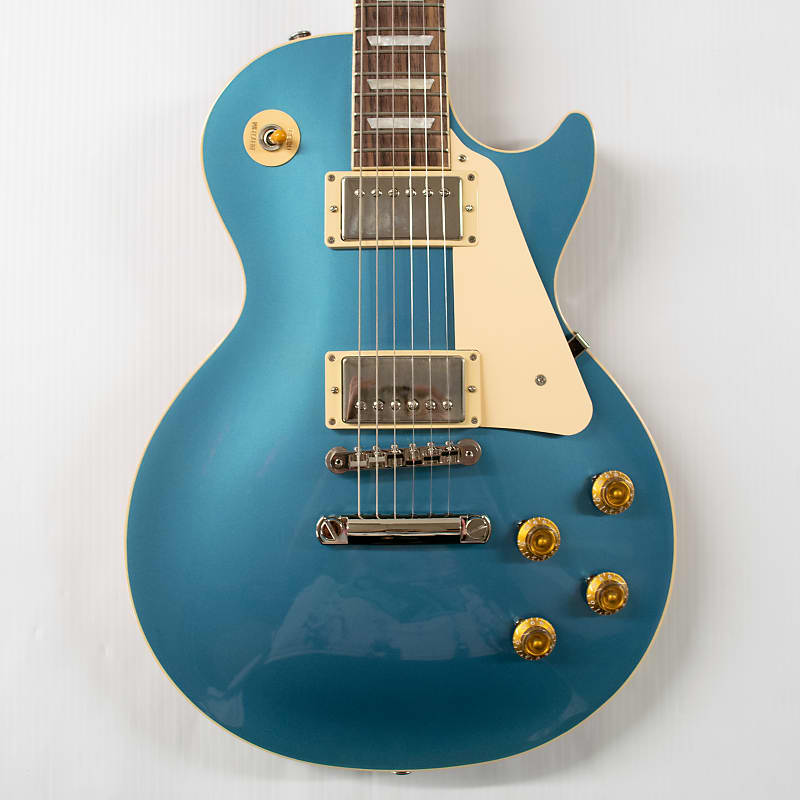History of the Modern Camera Patent
Photography has been around for centuries, with a variety of different methods used to record images. Cameras, however, are a relatively recent invention, one that has revolutionized the way people capture and share moments.
The earliest known photograph was taken in 1826 by French physicist Joseph Nicephore Niepce. Niepce used a camera obscure, a device that uses a pinhole to project an image onto a surface. He coated a pewter plate with a photosensitive material and then exposed it to light for 8 hours, resulting in the world’s first photograph.

The first commercial camera was the daguerreotype, developed in 1839 by Louis Daguerre and Joseph Nicephore Niepce. The daguerreotype was a highly polished silver-plated copper sheet, which was exposed to iodine fumes and then exposed to light. The result was a highly detailed, one-of-a-kind photograph.

In 1851, English inventor Frederick Scott Archer developed the wet-plate collodion process, which allowed photographers to produce multiple copies of a single image. This process used glass plates that were coated in a combination of collodion and iodized salts, which were then exposed to light in the camera. The resulting image was a negative, which could then be used to make multiple positive prints.

The first practical photographic film was developed in 1888 by George Eastman, founder of the Eastman Kodak Company. Eastman’s film was a flexible, celluloid-based material that could be loaded into cameras and exposed to light. This ushered in the era of modern photography.

In the early 1900s, the first 35mm cameras were developed, allowing photographers to capture images in a more compact format. This ushered in the era of the modern camera, which has since been continually improved upon.
The first digital cameras were developed in the 1970s, but they were bulky and expensive. It wasn’t until the 1990s that digital cameras began to become more widely available and affordable, revolutionizing the world of photography. Digital cameras allowed photographers to take high-quality images and edit them on computers, making photography more accessible than ever before.

Today, cameras and photography are ubiquitous. From digital SLRs to smartphones, cameras are everywhere, allowing people to capture and share moments with ease. Photography has become an integral part of our lives, allowing us to document and share our experiences in ways that were never before possible.

The history of the camera and photography is one of innovation, experimentation, and evolution. From the first pinhole camera to the digital SLRs of today, cameras have come a long way and have enabled us to capture and share moments in ways that were never before possible. As technology continues to improve, cameras and photography will continue to evolve, allowing us to capture and share more and more of our lives.
In 1962, Edgar Sauer of Stuttgart Germany filed a patent for the Photographic Camera with Coupled Exposure Meter. Sauer designed a curtain shutter to limit the exposure time for photographic film that could be controlled by a knob at the top of the camera. Sauer’s invention was assigned to the Zeiss Ikon company and was one of the dozens of designs he patented over his lifetime.
Check out the patent





